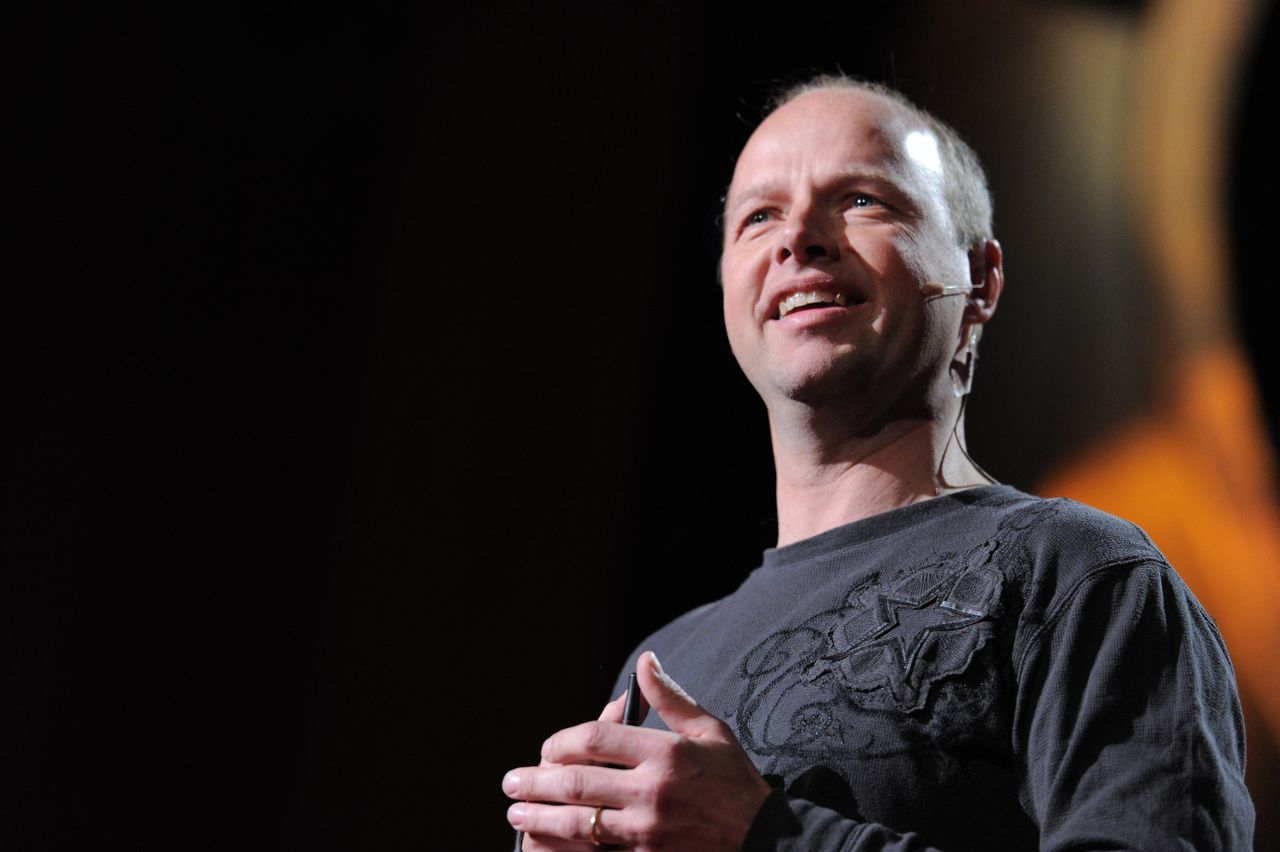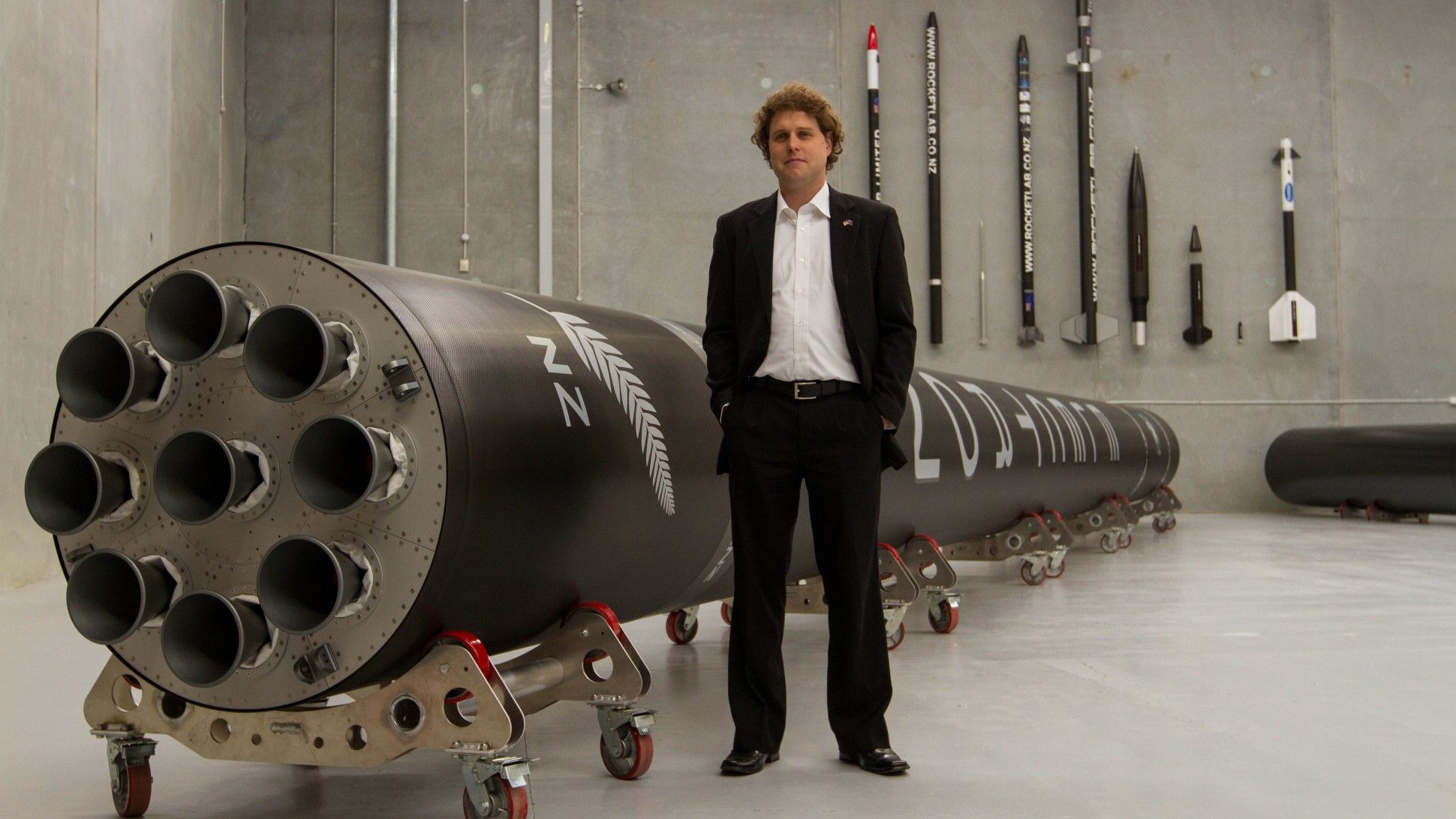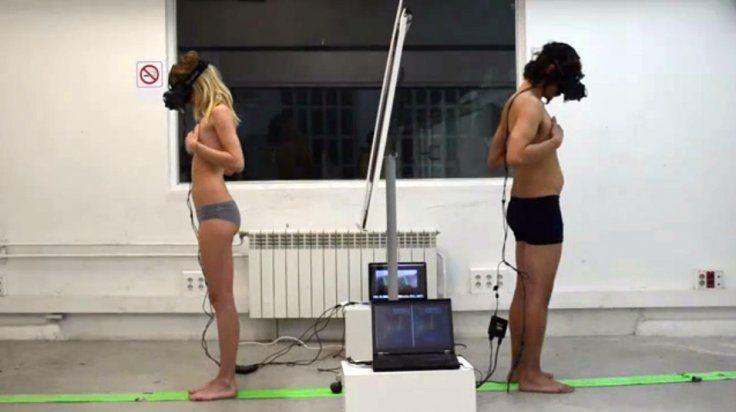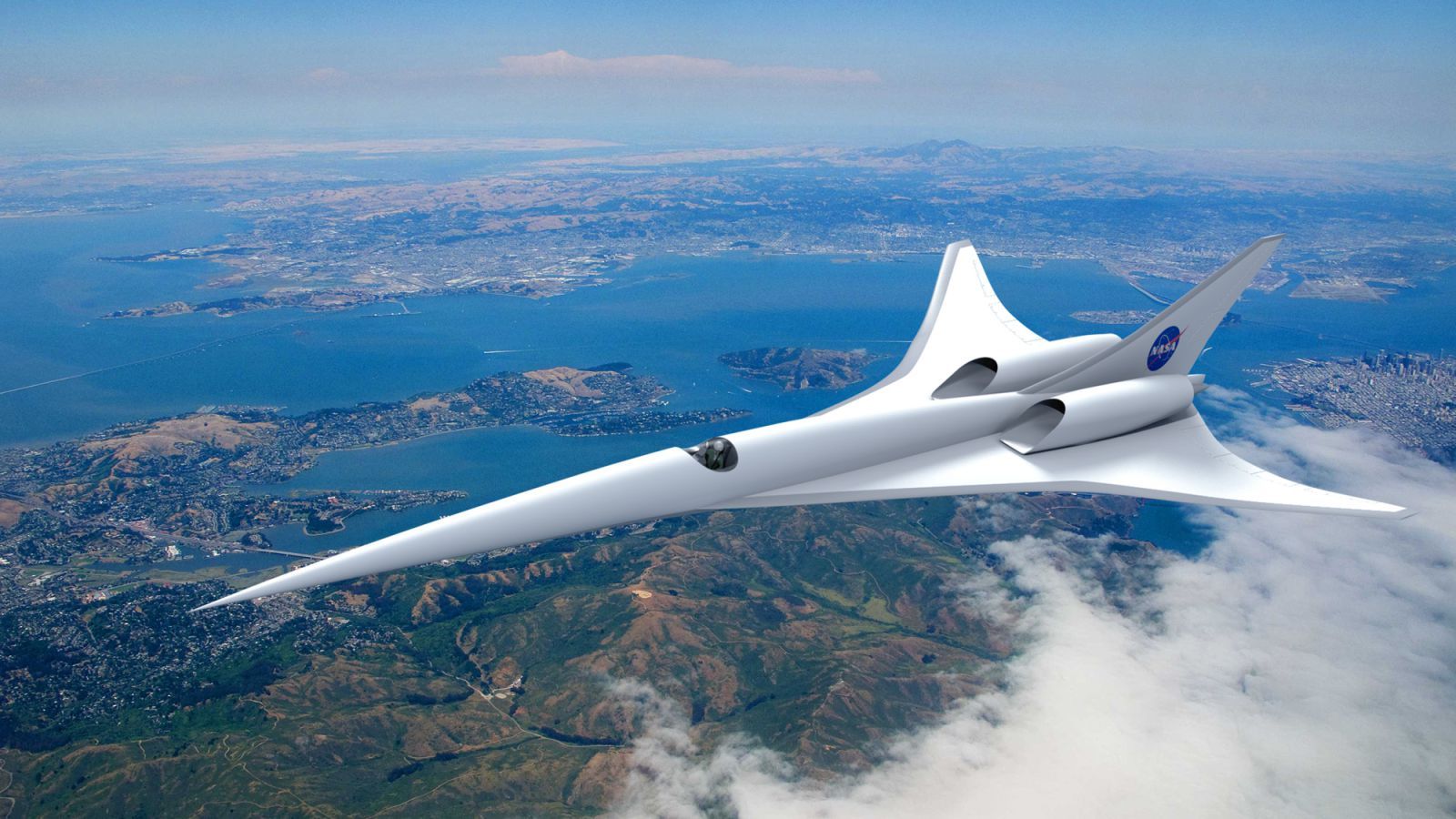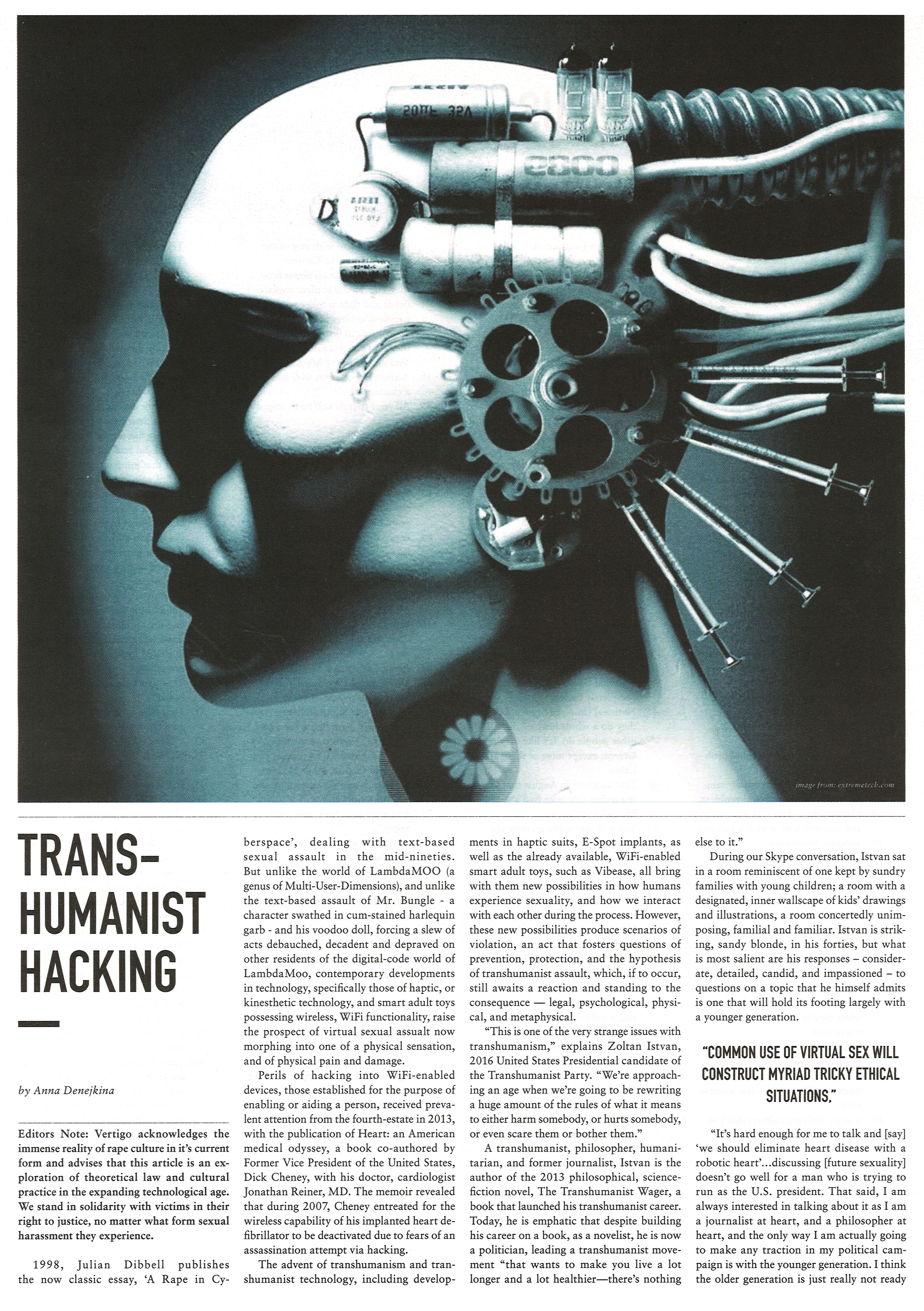When I probed Thrun about what a Nanodegree would actually deliver for someone who finished the program, he pointed me to the new Android Nanodegree announced on-stage at Google I/O. “If you finish this [Google Android Nanodegree], and you get a Nanodegree for Android Developer, then you are basically employable as an Android developer — as a top-notch Android developer.” Read more
